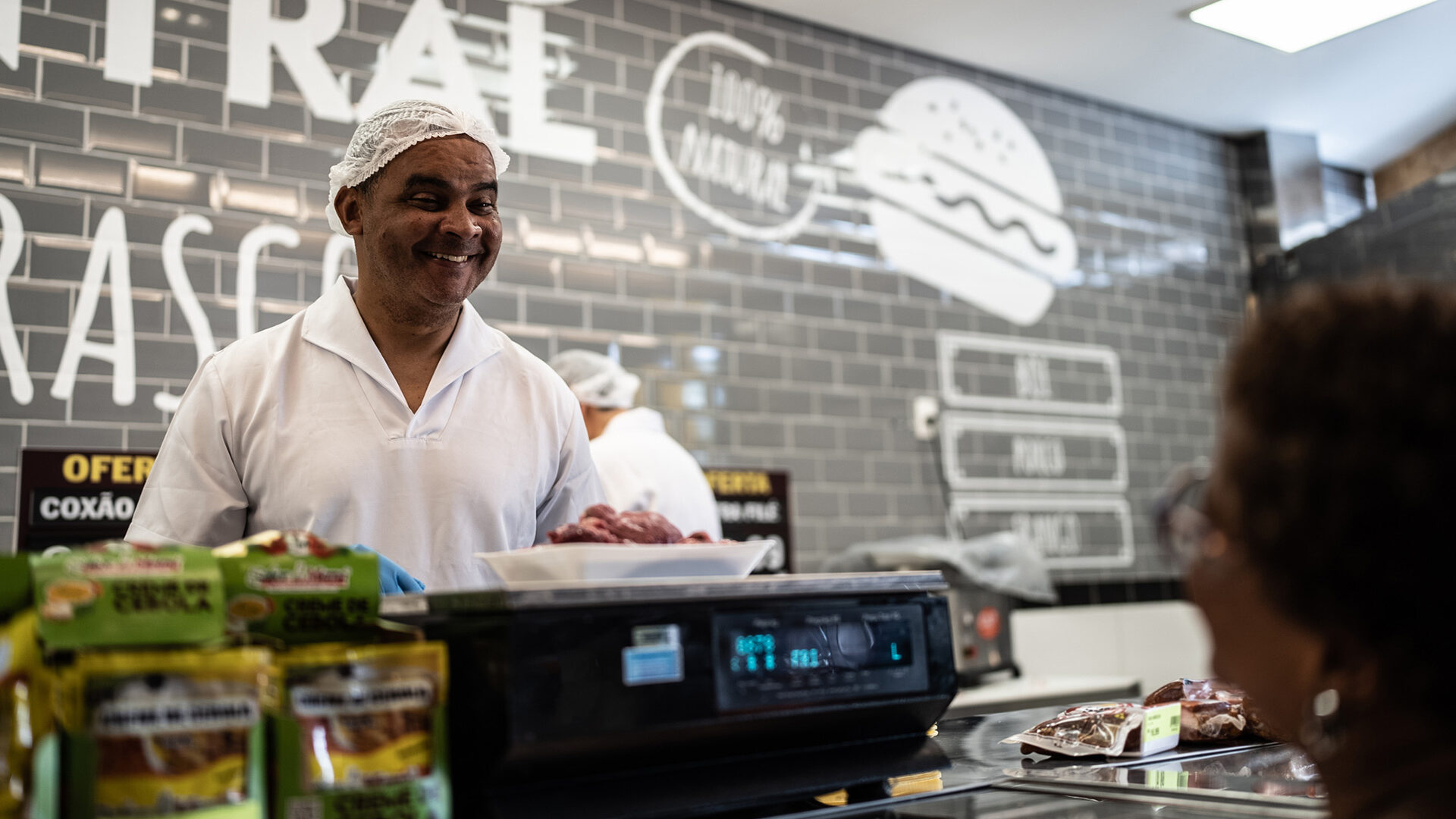4 minute read
Retail Life After COVID: Some Things May Never Be the Same

Pam Colangelo, Retail Labor Manager
March 2021 marks one year since COVID-19 changed the grocery industry forever. We all have a story of when it hit us; when we realized that COVID-19 was here. I still recall my first experience in a grocery store last March when people were panic buying frozen food, canned goods, paper products and anything else they could get in their shopping carts. I hadn’t been paying attention to the news that day, so what I saw when I casually walked into my local grocery store to pick up a couple items was a complete surprise—and my first glimpse of how our world would change. It was complete pandemonium. There was pushing, shoving and running in panic. I felt foolish placing my measly six items on the belt at the check stand.
The grocery industry was one of the first to feel the sudden impact of the pandemic. Product shortages. Cleaning, sanitation and food safety concerns. Consideration for team member safety. Uncertainty led to confusion and daily changes to company guidelines and SOPs. I had recently left a 30-year career of working in a grocery store, so I knew that store managers and other associates were overwhelmed. But what most of us didn’t realize was how it would impact our lives forever. Now, a year later, COVID is still very much a reality, and the grocery industry is still adjusting to “the new normal.”
The changes we have seen to the industry were many
To mention just a few:
- New cleaning regulations at check-stands
- New operating hours
- Dedicated sanitation teams for high-touch items such as shopping carts, payment pin-pads, restrooms and door handles
- Social distancing guidelines at registers requiring customers to wait to unload groceries onto belt until previous customer has completed their transaction
- Social distancing efforts in fresh department production areas
- Additional sanitizing efforts in all fresh departments
- Discontinuing all self-serve items (or packaging those items as an alternative)
These practices continue to evolve as the world comes to the realization that we will never completely go back to “the way things used to be.” Retailers must look to make long-term decisions about retaining new strategies adopted in response to the pandemic, as well as whether past practices should be resumed.
Select areas for consideration
- New shopping models, including curbside pick-up, drive-thru service, delivery service, and Box and Ship delivery. Many customers may feel more comfortable staying away from crowds for some time to come or might have tried one of the new shopping models during the pandemic and found it to be convenient. Pre-pandemic, these services were a convenience offering that may not have had enough demand to be cost effective. Now, they are likely to be requirements.
- Cost savings. As operational costs increase with the long-term adoption of certain pandemic responses, like heightened sanitation, retailers must reduce costs in other areas. The following may provide cost reduction opportunities:
- SKU rationalization. Retailers learned during panic buying that customers buy what is available and don’t necessarily need five different sizes of Cheerios to choose from.
- Labor efficiencies. Having the right people, performing the right the job, at the right time is even more critical given the new consumer shopping trends.
- Profitability of self-serve offerings. Self-serve products that used to be profitable may not be any more if changes such as additional sanitation, smaller batch sizes due to less demand for items prepared in-store, and additional packaging for items that were previously sold as self-serve are retained long term. For example, if a store previously sold sandwich rolls for 3/$1 as a self-serve item and made a 20 percent profit, it is easy to see where the profit for that item could get eaten up quickly with additional packaging, labeling and stocking.
- Holiday planning. As people continue to avoid crowds, holiday events have not been like prior years. Last year’s Easter sales were slow while Floral, Bakery and Catering sales were almost non-existent for graduation season. Halloween candy sat on the shelf waiting for the “day after markdown.” While most people were excited to say good riddance to 2020, New Year’s Eve parties were not like ones of the past. Social distancing guidelines meant most people had quiet evenings at home. Instead of buying cases of champagne, beer and other liquor in one transaction, customers purchased a single bottle of champagne, wine or their favorite mixed drink ingredients to enjoy at home with their immediate family. Superbowl had a similar trend, seeing fewer party purchases. Will this trend continue, or will holiday celebrations return to prior patterns as vaccination becomes widespread? This is an area that will require continual monitoring.
- Forecasting and adjusting to traffic patterns. With so many people working remotely, traffic patterns have changed. More people are shopping mid-day and during the week. It will be important to watch traffic patterns and adjust forecast logic as people begin returning to school and offices or continue to work, at least in part, remotely.
- Product offerings. Retailers have seen certain categories such as coffee, creamers and quick breakfast items skyrocket as people now working and attending school remotely don’t stop at Starbucks or Dunkin Donuts on their way into the office or class. Increasing SKUs in these categories to include more gourmet type items might entice customers who eventually return to their offices to save money and time and just brew their coffee and make their breakfasts at home. Some businesses may decide to allow their workers to continue working remotely permanently, even if only a couple of days a week.
Retailers have an opportunity to preserve the sales increases and profits as a result of COVID-19 shopping. The ones that plan and execute their strategies will reap the rewards.



